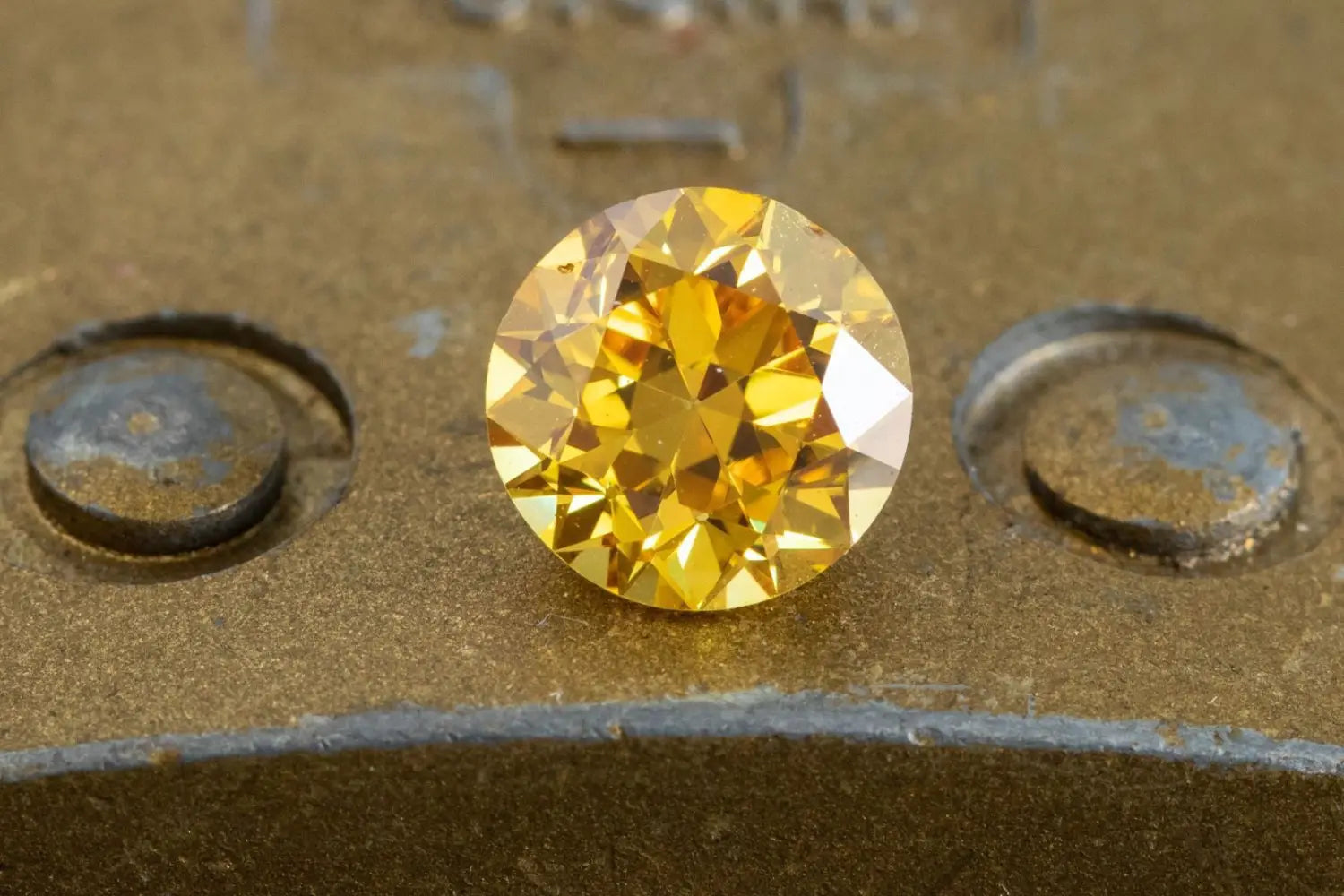The Constitution of Fine Craftsmanship
How does a dealer like Anup Jogani determine quality craftsmanship?
The first distinction to make is the difference between jewelry made over eighty years ago and modern craftsmanship. Modern methods often involve lost-wax casting, which is a process where liquid metal is poured into a wax mold. In this technique, your work can only be as fine as the wax allows it to be.
Antique jewelry, on the other hand, entails building a piece that is precision-made, with fabricated metals, rather than extracting metal forms from an initial cast. Antiquated jewels feature some of the most traditional jewelry-making methods in the word. The craftsmanship involves melting the metal, hammering it out, and pulling the wire, which is the way jewelers have been handcrafting pieces for hundreds of years.
What’s the best way to identify fine craftsmanship in a jewel? Wire work. Clear evidence of flattening, pulling, and manipulating the metal is a great indication of the type of adroitness an antique jewelry collector or dealer seeks.

Cleaner lines and higher tolerances than machine-made jewelry also mark the elements of handcrafted jewels. Handcrafted metalwork experiences higher tolerances because when a jeweler hammers out the metal, rather than subjecting the material to machines, the metal compresses, increasing in density. The weight of two pieces of metal might be the same, but higher-density shanks and bezels can be thinner and more agile.
Elegant workmanship also features well-manipulated spaces that accept the stones in a precise embrace, with neat, trim prongs securing the stones in their place. In terms of center stone setting, the largest prongs should be crimped over the gem with near perfect precision, ensuring the gemstone never moves. A well-made ring is crafted around, and in honor of, the center stone, rather than in the case of some mass market rings, where adding the center stone is almost an afterthought.
A dealer also takes note of characteristics that indicate poor handiwork. Porosity, for example, describes holes in the metal that occur during the cast process or when an artisan fabricates the piece using metal of poor initial quality. Those holes emerge because at some point during the process, air was allowed into the liquid metal. The presence of visible solder seams also reflects negatively on the quality of work. Solder seams should be planar, aligning with the folding metal as accurately as possible.

For pavé work, where the metalwork isn’t visible, it’s wise to examine the backside of the piece, which is ideally a hand-pierced gallery displaying an exquisite pattern, such as a honeycomb arrangement. To find a hole in the metal and the gemstone simply plunked in is not enough. The space behind the gems should be treated as delicately as the more visible handiwork.
Of course, with any piece of jewelry, admirable artisanship can’t begin without first choosing the right stone(s). Gemstones and diamonds should be utilized in a manner that reflects their personalities. Side stones should match each other, almost to perfection, and complementary stones should be sized in relation to one another. In high-quality pavé work, every stone contributes to the sense of continuity, with the overall product reflecting a cohesive theme.
Fantastic jewelry should take a long time to make. There are only a small handful of craftspeople today that could make a Deco bracelet the way an artisan would craft one in the 1920s, simply because to make a proper Deco bracelet, every stone is custom cut and fit in a geometric array, which would take six to eight months to build. Unfortunately in today’s market, that timeline doesn’t correlate with astute business practices, especially as the world becomes increasingly fast-paced.

